|
I was shocked to see my last blog entry was in July! Must start to show my blog more TLC. In my defence, I was busy finishing my latest work and wasted a lot of time through illness (such a bore). This work is based on a satellite image of Saudi Arabia where agriculture is concentrated around oases that provide the irrigation necessary to farm in the desert. So, here it is.... (don't forget that if you click on the photos you can see larger images). At approximately 80 cm x 55 cm this is the largest work I have done to date. When I started this work I was determined to challenge myself, to experiment with stitch and colour in ways I had not done before. I decided that this concept required a large canvas and I'm glad I chose to go that way. There is a lot of fine detail and contrasting colours and textures in this piece and a smaller format would have resulted in less diversity and a cluttered feel. The photo above gives you some idea of the scale. My worktable there is 180 cm square. This is the bottom third of the work where all the busy-ness is concentrated. I'm including a few detail images below, but for those who want to see more you can check out my previous blog post here. ..a little closer... ..and closer still. River beds defined using fly stitch, stem stitch and seed stitches. The circles represent irrigated areas, the cross-hatched areas depict roads and human settlements. So much going on in just a couple of square centimetres. The biggest challenge face by an embroiderer: how to stitch a curved line when you can only make straight stitches. Here I have laid long stitches in a cross-hatch pattern without couching down the intersections. By doing this the light reflects in perpendicular orientations depending on how the work is viewed. I have never tried this before and it is only practical because I stretch my work very tightly onto foam core so the stitches are held taught. When viewed from some angles the cross-hatch pattern is almost lost and yields a flat area of white that contrasts perfectly with the surrounding abundance of colour and texture. This is the intermediate area that links the top and bottom halves of the work. The challenge here was to provide a transition that did not compete with the complexity of the lower half and yet had enough movement and visual interest to lead the eye to the top of the work and not get lost in the negative space to the left. In a design sense, it was the most difficult and possibly most crucial part of the work. Here's the bottom part of the "linking" section. I was having trouble capturing the "feel" of the work in photographs but when I started photographing at strange angles I found the results more satisfying, more like looking at the work directly. ..top right corner...the more monochromatic the palette becomes, the more important texture and directionality becomes.. ..top left corner... ..had to work in tiny, tiny stem stitches to achieve the detail in these motifs. ...seed stitches in thick and thin threads for shading and depth of field.. ...lots and lots and lots of tiny stitches.... ..multiple variegated threads add sparkle to the twisting natural lines.. ..sometimes it's what you leave out that counts the most... ..and now some angled shots that really draw you into the work...gives more of a feeling of the scale of the work.. ..the texture comes alive in this shot.. ..see..I told you it was big... ...thanks for stopping by.
13 Comments
30/9/2013 18:40:17
I love it! There is so much to look at. I'm a big fan of texture and you've really got some in there. May I pin some of your pictures to my Inspiration board?
Reply
30/9/2013 18:54:05
Heather you are most welcome to pin my images. I have a pin-it button on all my pages so that people can pin away to their heart's content.
Reply
30/9/2013 22:17:17
Thanks, Marta. I missed the pin button up there at the top of the page. I did pin a few, although every picture is great.
Erica Marsden
1/10/2013 12:00:30
Welcome back! Your Arabian Peninsula looks so beautiful and so peaceful. Your stitch solutions to the challenges of depicting what you see are amazing.
Reply
Marta Brysha
1/10/2013 14:13:05
Thanks Erica. I'm trying to be more imaginative with every new work. I feel as though I am starting to develop a stitch language all my own. I promise to blog more often. I've gotten a bit off track - it's been a very challenging year in many ways that have diverted me from many things.
Reply
Beth Schnellenberger
17/2/2014 00:03:55
This piece is breathtaking! I absolutely LOVE the handstitching. It brings life to the work that machine stitching just cannot do.
Reply
17/2/2014 01:28:58
Thanks Beth. I think nothing beats hand stitching. Sure, it's slow, but I think it's the inherent variability in the hand-crafted stitch that makes hand stitching so beautiful. Thanks for dropping by my blog.
Reply
Jane lawless
22/6/2014 03:54:32
I keep returning to your work. I have not seen anything quite like it. I find it stunning, I get lost in it, and inspired by it. I agree that you are developing a stitch language all your own. Thank you for the detailed photographs. Keep going!
Reply
22/6/2014 11:44:34
Thanks Jane. I'm so glad that you are finding something in my work that speaks to you. My biggest fear is that my work become repetitive or formulaic and so I'm always challenging myself to come up with new ways of expressing line and form. I haven't been showing my blog much love lately, mostly due to very poor internet service making it almost impossible to upload photos. I have some new work and I'll try to put it up soon. :)
Reply
Jane Lawless
22/6/2014 14:26:47
Many of the artists I enjoy & respect the most do work that might be seen as repetitive. Do you know the book Art and Fear? Excellent book. Looking forward to seeing what you are working on.
Reply
23/6/2014 01:02:57
As artists we are always going to create in our own style. By repetition I mean just churning out the same old thing without any development of the initial idea. By contrast, I think working in series is essential to fully explore any concept worth pursuing and is always a positive thing.
Reply
Leave a Reply. |
This blog was previously at another site. To view older blog posts please click here.
AuthorI am a hand embroidery artist living and working in the rugged and wild Central HIghlands of Tasmania. Archives
October 2014
Categories
All
|

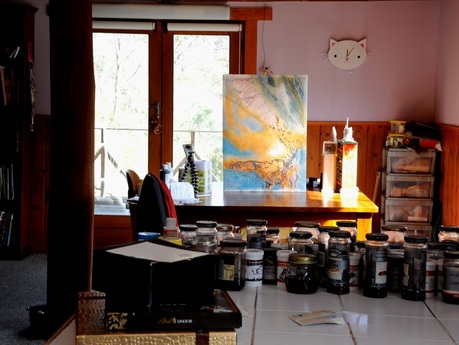

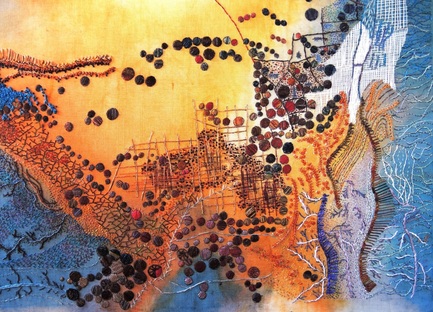



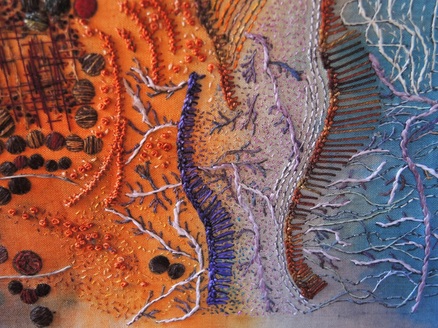






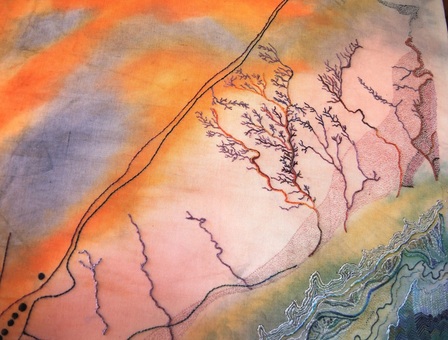



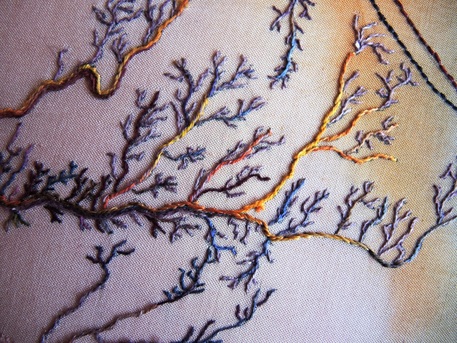



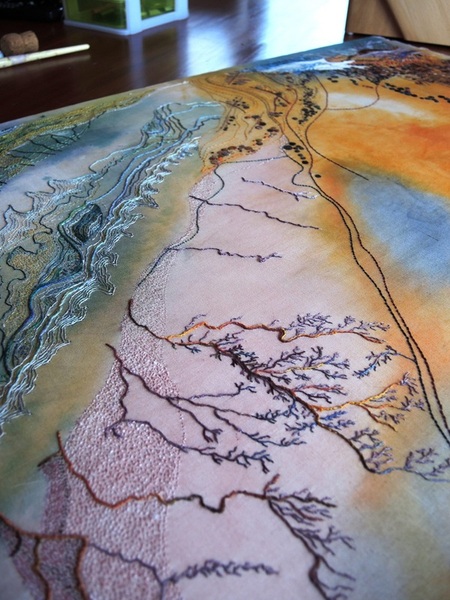
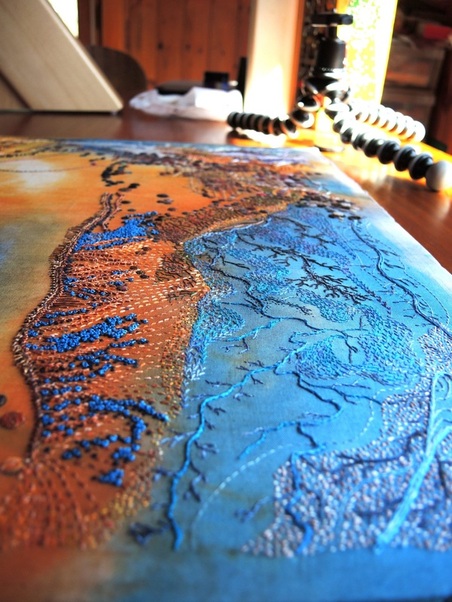
 RSS Feed
RSS Feed